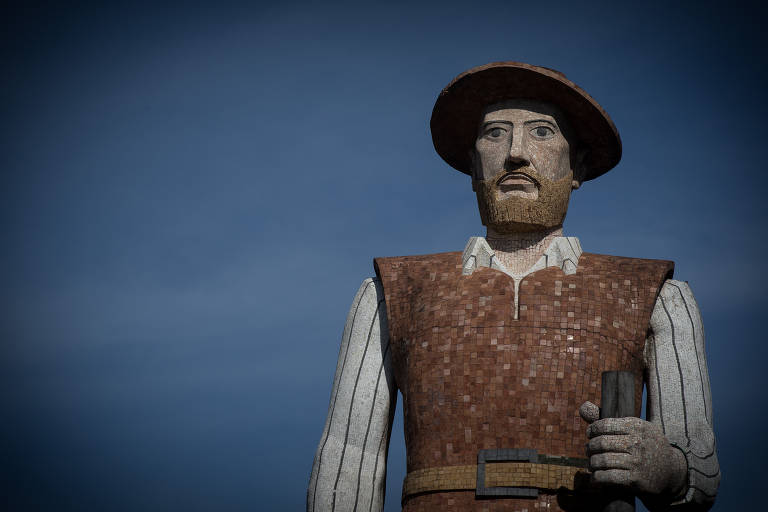In the first half of the 19th century, Brazil's expeditioners--explorers, adventurers, slavers, and fortune hunters—came to symbolize progress in the city of São Paulo. Now the city is filled with monuments honoring the men.
But some people see these monuments as representing a series of violence committed since 1500 against mainly indigenous peoples and the black population.
Protest movements around the world questioning statues that exalt colonial or slave leaders, and the echo of these calls for the withdrawal or resignification of such symbols is gaining traction in Brazil.
In São Paulo, the construction of the pioneering hero was mainly due to the celebration of the city's fourth centennial mid-20th century, further adding to a history of bravery and opposition to the Portuguese crown.
In São Paulo, there are a series of these ambiguous monuments, which represent triumphs but also deaths. They are pioneers like Manuel de Borba Gato and Anhanguera, or military men like Luís Alves de Lima e Silva or Duque de Caxias, leader of Brazilian troops in the Paraguayan War.
In this list, there are monuments of recognized artistic value and more subtle nuances, such as the Monument to the Flags, sculpted by Victor Brecheret (1894-1955), who without a specific character illustrates Indians and blacks pushing an ideal of progress led by white men. It is not uncommon, however, for anyone to read the sculpture as a symbol of the people who forged the city.
There is no unanimity regarding the best way to treat monuments, and many see the simplistic revisionist attempt in the movement for the overthrow.
Guards now watch over the figure of Borba Gato, in the Santo Amaro neighborhood, 24 hours a day.
According to Thiago Karai, Guarani leadership of the indigenous land (TI) Tenondé Porã, the Guarani, of whom part live today in spaces such as that of TI Jaraguá (isolated right between the Bandeirantes and Anhanguera highways), do not claim the creation of monuments in the capital.
Gilberto Mariotti, an art teacher, says that honoring people with statues is a Eurocentric concept. For indigenous people, the idea does not make sense since their identification is with the land, not with icons.
Translated by Kiratiana Freelon
